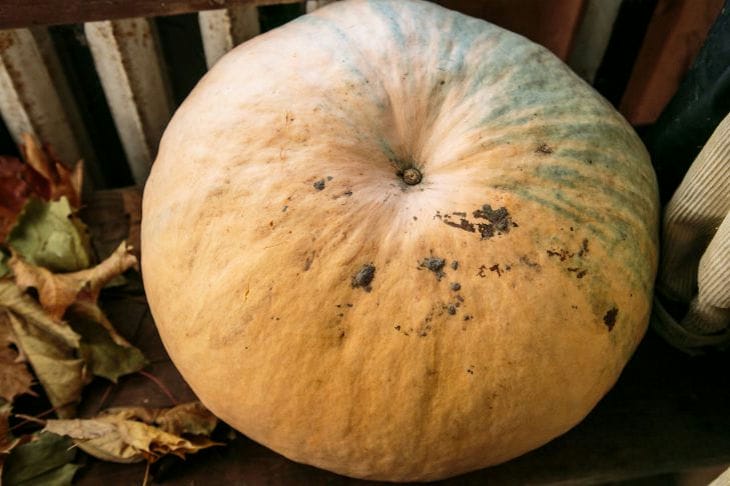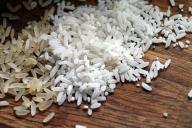Growing sweet pumpkin is a real art that requires patience and knowledge.
This amazing vegetable can please not only with its size, but also with its unique taste.
The right approach to pumpkin care will allow you to get a harvest that will become a real decoration of the table.

Selecting a variety
The first step to growing sweet pumpkin is choosing the right variety. There are many varieties of this crop, but not all of them are high in sugar.
To obtain sweet fruits, it is worth paying attention to such varieties as Muscat, Butternut or Candy. These types of pumpkin initially have a higher sugar content and are distinguished by a pleasant taste.
Soil preparation
Pumpkin is a nutritionally demanding crop, so soil preparation plays a key role in the formation of the sweetness of the fruit. The soil should be fertile, loose and well-drained.
Before planting, it is recommended to add organic fertilizers such as humus or compost to the soil. This will provide the plant with the necessary nutrients throughout the entire growth period.
Watering and care
Proper watering is the key to successful cultivation of sweet pumpkin. The plant needs regular and abundant watering, especially during the period of fruit formation.
However, it is important not to allow the soil to become over-watered, as this can lead to root rot and a decrease in the sugar content of the fruit.
The optimal solution would be drip irrigation, which will ensure an even supply of moisture to the plant roots.
Formation of a bush
To obtain large and sweet fruits, it is necessary to properly form the pumpkin bush.
It is recommended to leave no more than 3-4 fruits on the plant, removing excess ovaries. This will allow all the plant's energy to be directed towards the formation of the remaining pumpkins, which will ultimately be larger and sweeter.
Top dressing
Regular fertilizing is an important aspect in growing sweet pumpkin. During the growth period, the plant requires nitrogen fertilizers, which promote the development of green mass.
However, from the moment of fruit setting, it is worth switching to phosphorus-potassium fertilizers. They will help increase the sugar content in the pumpkin and improve its taste.
Pest and disease control
A healthy plant is the key to sweet fruits. It is necessary to regularly inspect the pumpkin vines for pests or signs of disease.
If problems are detected, immediate action should be taken, using both folk remedies and special preparations for plant protection.
Harvesting
Proper timing of harvesting also affects the sweetness of the pumpkin.
The fruits should be harvested only after they are fully ripe, when the stalk begins to dry out and the skin acquires the color and hardness characteristic of the variety. Pumpkins harvested at the optimal time will have the best taste.
Storage
Even after harvesting, the process of sweetness formation in pumpkin continues. Proper storage allows the fruits to ripen and become even tastier.
The optimal conditions for storing pumpkin are a dry, cool room with a temperature of about 10-15 degrees Celsius. If these conditions are met, pumpkin can be stored for several months, gradually improving its taste.








